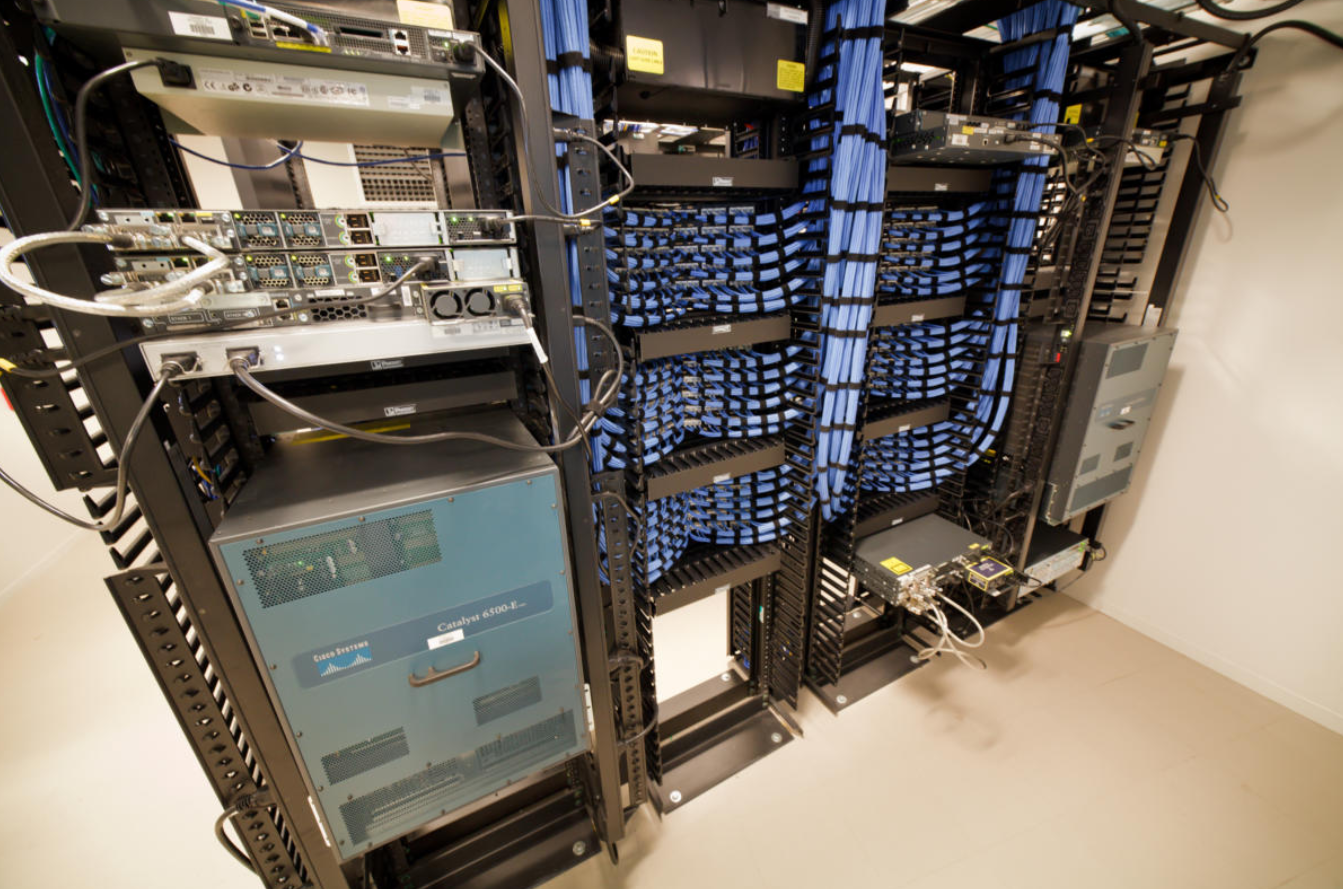It’s important to weigh up the costs and limitations of traditional data centers and consider transitioning your business to the cloud. By modernizing your infrastructure, you can focus on gaining a competitive edge in your core business.

Agility and speed are of paramount importance for most organizations as they try to innovate and differentiate themselves from the competition. The need for flexibility and rapid scalability is driving more and more companies into the cloud, as traditional data centers are no longer proving to be competitive, agile or robust enough.
It should come as no surprise that Cisco predicts 94 percent of workloads and compute instances will be processed by cloud data centers by 2021. But deciding when to take the leap, weighing the costs and risks, and developing a successful strategy is easier said than done.
Why companies are ditching those data centers and how they can make the transition as smooth as possible.
The push of traditional data center costs
Traditional data centers are enormously expensive to maintain. To set one up you need to find a suitable space and then fit it out with everything from uninterruptible power systems (UPS) to cooling HVAC units that keep servers from overheating, not to mention extensive investments in storage and networking equipment.
All of that comes before you consider the cost of hiring data center personnel with the right expertise to keep things running. These are employees outside your core competency, required just to keep your infrastructure working. Then there’s the ongoing energy costs of maintaining the data center and dealing with maintenance.
Economies of scale are important across the board in data centers, but they make a huge difference when it comes to operating and energy costs. A Ponemon Institute report found that the average annual cost per kW for a data center that’s 50,000 square feet or larger was $5,467, compared to an annual cost of $26,495 per kW for data centers between 500 and 5,000 square feet in size.
It’s not easy to scale up and down quickly, so when you’re not using full capacity, cash is being burned. When you push beyond capacity you’re faced with the prospect of expensive expansion or outsourcing. Even outsourcing the physical data center to a colo facility leaves one effectively in the data center hardware and IT infrastructure business.
The pull of the cloud
As many as 81 percent of enterprises now operate multi-cloud strategies, according to Right Scale’s State of the Cloud Report. Business units want to be free to adopt the very latest tools and technologies. They want to be able to pivot and pounce where they see an opportunity, innovating through machine learning and AI, the automation of software development pipelines, and greater depth in agile data analysis. And they want to do all this unencumbered by an internal IT department and bureaucracy.
Shadow IT is a reality, whether you accept it or not, and that genie is not going back into the bottle. While Gartner studies have found that shadow IT is 30 to 40 percent of IT spending in large enterprises, the Everest Group suggests it’s closer to 50 percent or more. It’s time to embrace the cloud. Maintaining a data center and a layer of IT infrastructure to support it is fast-becoming untenable.
No wonder Gartner names cloud system infrastructure services as the fastest growing segment in a fast-growing market. It’s possible to get better service and greater value by leveraging this competitive space.
While cost is perceived as a big barrier, you can offset the savings you’ll make by shutting down the data center or reducing capacity. Security is evolving from a big concern into a driver for cloud adoption. Major cloud providers are protecting data by encrypting and segmenting it across several locations and they hire the finest talent available because it’s their core business.
The shift to the cloud won’t happen overnight, but make no mistake, it is happening. The big question then becomes – how do you plan for and make the transition successfully?
Creating a roadmap
Most organizations have huge data centers and colos with lots of entanglements based on decades of legacy and acquisitions. There’s no way to unwind all of this quickly. For the health of the business, disruption must be managed carefully, which means assessing existing infrastructure and business assets and developing a plan to move them incrementally. Look at how to start developing new apps in the cloud and divest yourself of legacy infrastructure step-by-step.
What is required to mitigate the risk and enable organizations to transition is some sort of connective tissue that bridges the gaps between your data centers, applications and legacy systems and your chosen cloud environments. Make sure you formulate a strategy that allows you to integrate and access your data without sacrificing control.
There are lots of data management pitfalls to watch out for as you migrate to the cloud, but with the right kind of cloud fabric, you can move things along at your own pace based on your available resources, budget, and business priorities.
Ultimately, leveraging the cloud isn’t about one data center hosting strategy vs. another. It’s about modernizing the infrastructure required to run the business, focusing on your core business instead of IT infrastructure and hardware management, and connecting your business with cloud services to differentiate and compete more effectively.





